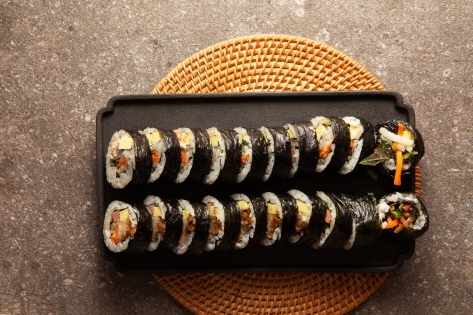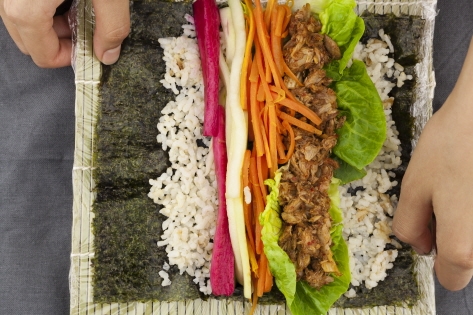Travel Highlights
-
-
-
Do You Know Gimbap? The K-food that Enchanted the World
-
01/08/2024
2.6K
-
-
-
-
-
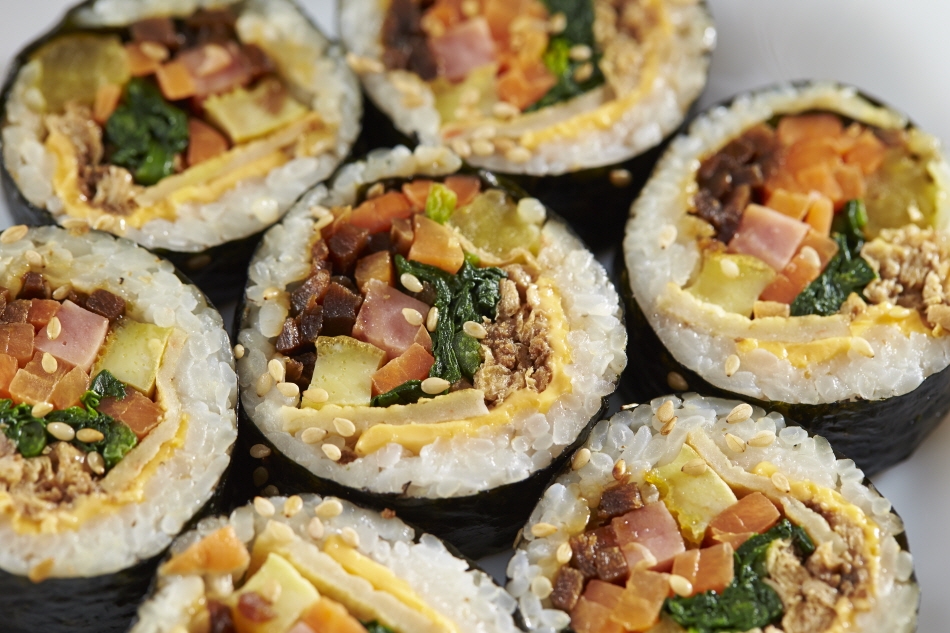
Korea has plenty of tasty dishes, but if Koreans had to pick one as their soul food, nine times out of ten, it will be gimbap. From childhood memories of their moms preparing it for picnics, to cheap yet filling fast food when they were students, gimbap has come a long way. The versatility of gimbap has also allowed it to spread worldwide, with frozen vegetable gimbap available at Trader Joe’s in America quickly selling out. Keep reading to learn more about this tasty food, including top restaurants and foods that go great with gimbap.
1. Gimbap that captured the world
In simple terms, gimbap is a food made by rolling rice and a variety of ingredients in a sheet of laver before slicing into bite-sized pieces. Because the ingredients are highly customizable, gimbap can be made to anyone’s taste, whether it’s beef gimbap, tuna gimbap, or even vegetable gimbap. This last one is especially popular among vegetarians because there is no meat included.
2. Gimbap to your taste
The flavor of gimbap can easily be changed depending on the ingredients used, the amount of rice, and even if there is a sauce or not. Have you found your favorite gimbap flavor or gimbap shop yet?
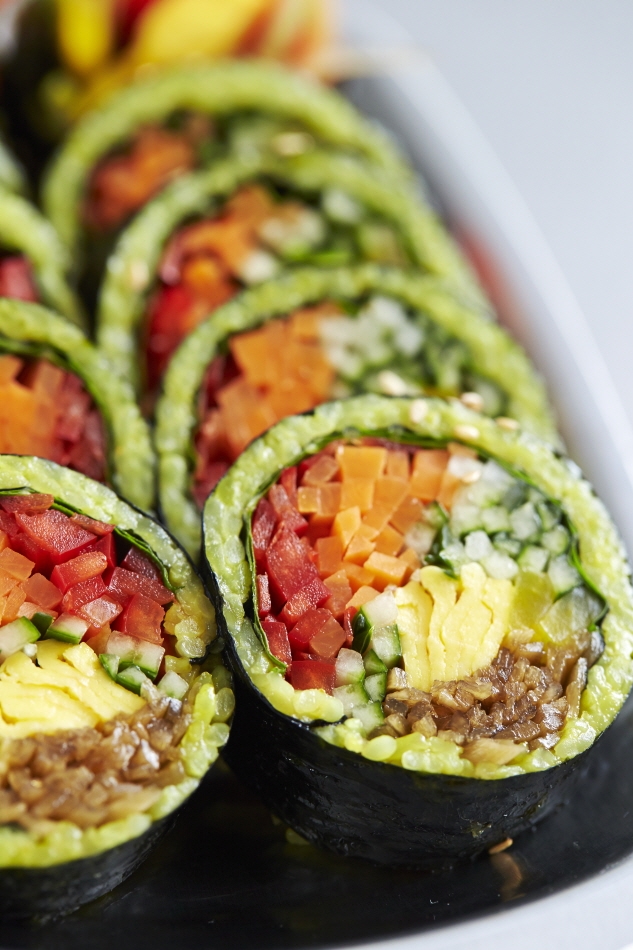
Vegetable gimbap │ This basic gimbap is filled with vegetables like carrot, spinach, cucumber, ueong (burdock root), and pickled radish. Some shops will put in more exotic vegetables like broccoli or avocado. No matter which vegetables are added, the crunchy texture of the vegetables makes this gimbap variety stand out.
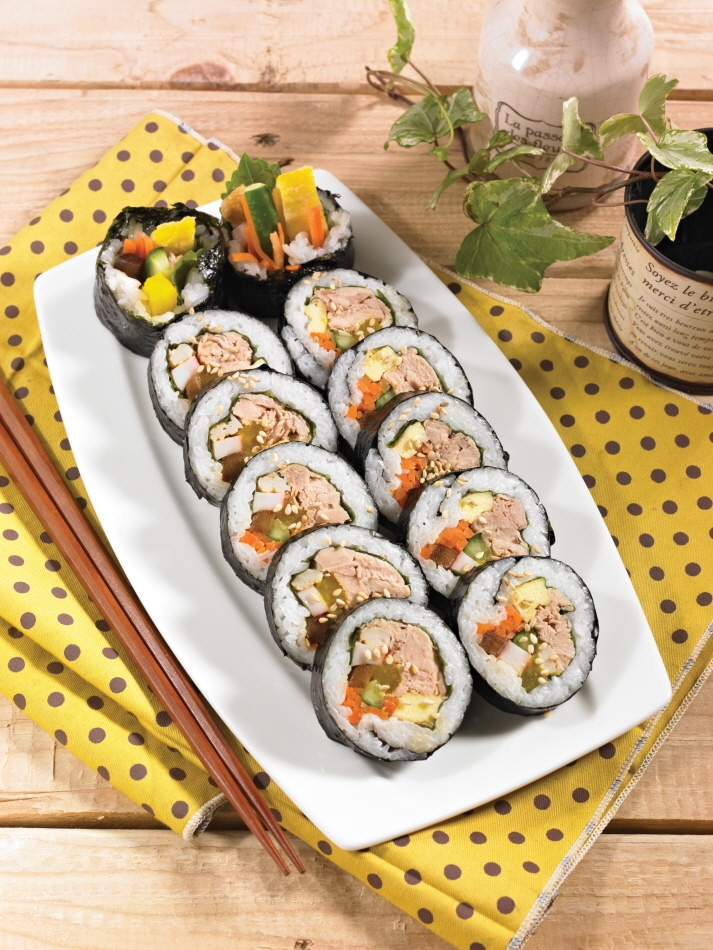
Tuna gimbap │ The main ingredient in this gimbap is tuna mixed with mayonnaise. The savory taste of the tuna goes great with the strong flavor of perilla leaves, with many shops layering this ingredient between the tuna and the rice. The salty tuna is balanced out by the other fillings, making tuna gimbap a steady-seller.
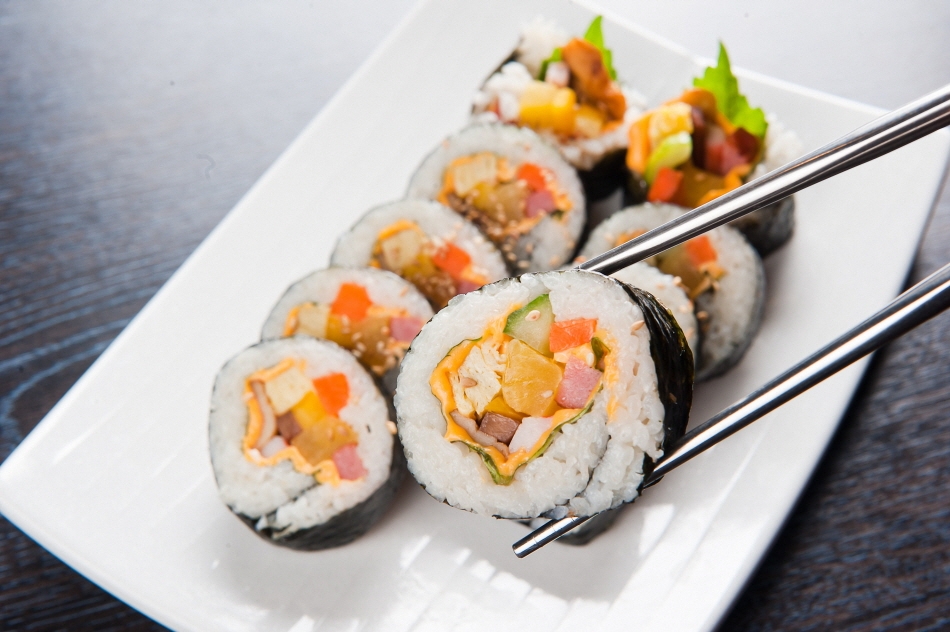
Cheese gimbap │ This gimbap sees the addition of a cheese ingredient, such as cheddar cheese or cream cheese. The creamy texture of cheese makes this gimbap special. If you get the chance, be sure to try mozzarella cheese gimbap when it’s warm; the cheese melts all through the ingredients for a burst of flavors.
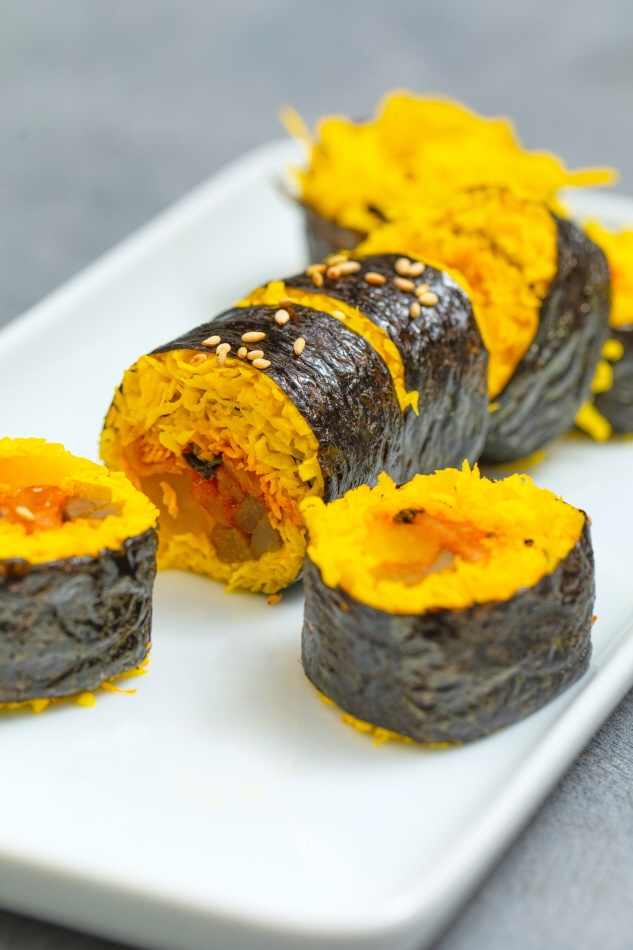
Egg gimbap │ This gimbap stands out from the rest by using egg in place of the rice. This simple change replaces carbohydrates with protein, making this a great choice for people following a Keto diet. The thick egg wraps around the other ingredients for a tasty bite that is extremely filling.
3. Korean’s go-to meals with gimbap
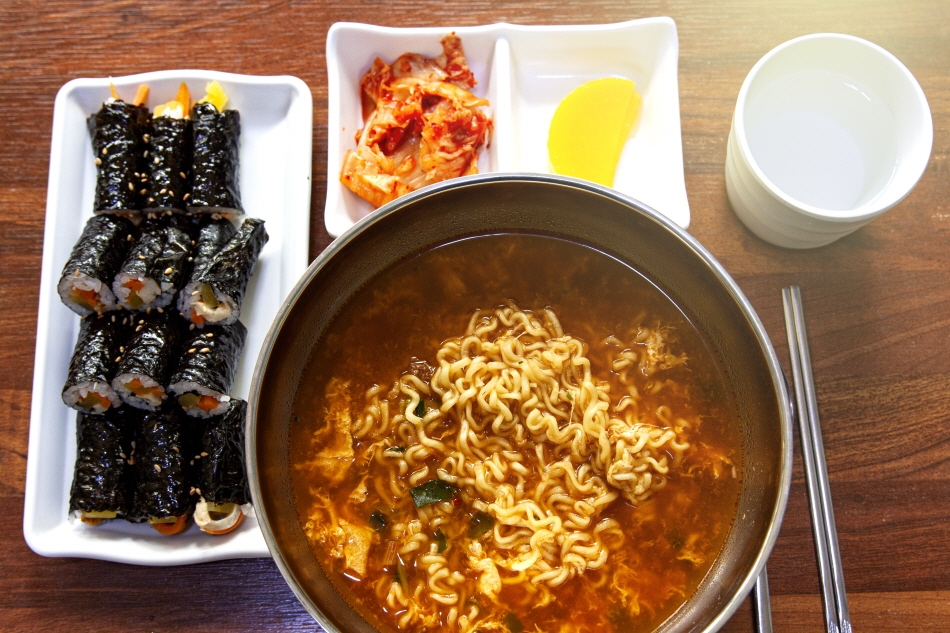
1) Enjoy with ramyeon or udong
Gimbap goes especially great with noodle dishes with a broth, like ramyeon or udong. The broth especially helps keep your mouth from feeling dry when eating rice. Many gimbap restaurants also provide udong broth free of charge. Ramyeon can provide a bit of spice that’s missing from eating gimbap alone.
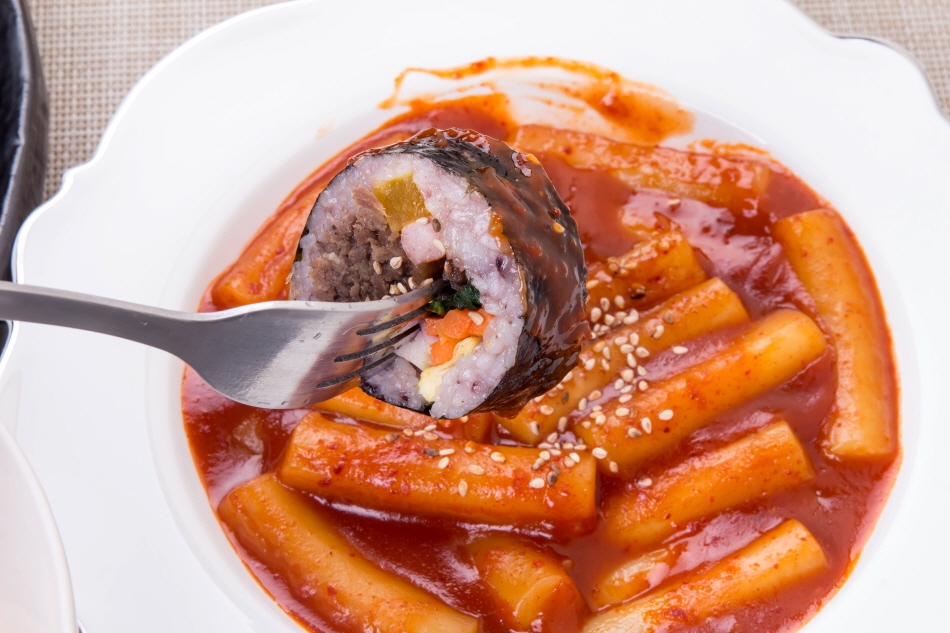
2) Dip in tteokbokki sauce
Like dipping tortilla chips in salsa, Koreans enjoy dipping gimbap in tteokbokki sauce. The spiciness of tteokbokki soaks into the rice for a deep flavor.
4. Recommended gimbap restaurants
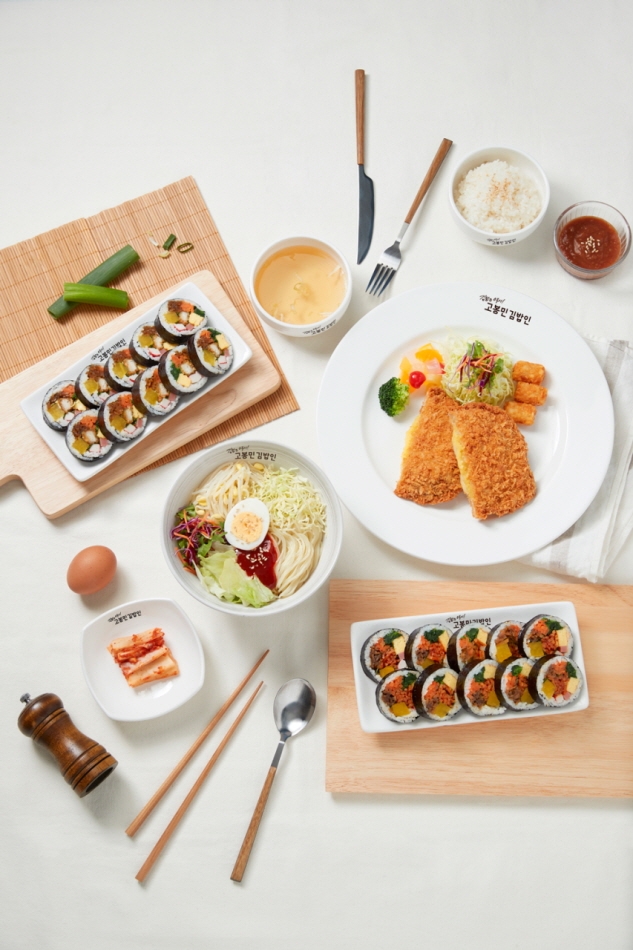
Kobongmin │ One of Korea’s gimbap chain restaurants, their best-sellers are the savory tuna gimbap and the dongaseu gimbap with a strip of crunchy pork cutlet in the middle. Lacto-ovo vegetarians can enjoy the baggoji (dried shavings of calabash gourd) gimbap. They also sell many other popular street foods that go great with gimbap.
Website: kobongmin.com
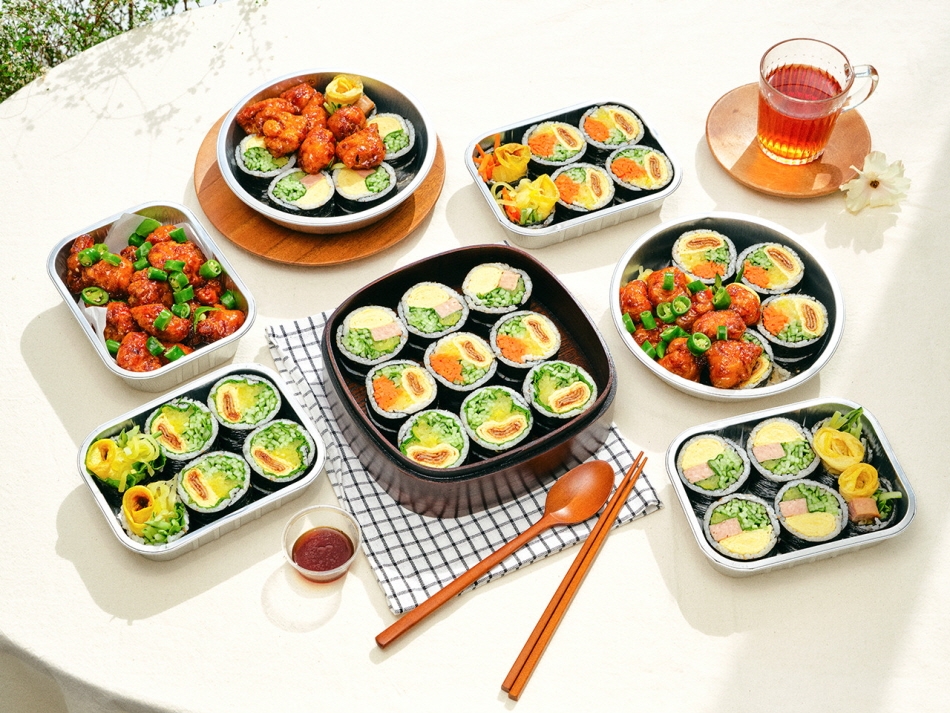
Otto Kimbap │ Getting its start in Itaewon, Otto Kimbap has spread throughout the Seoul and Gyeonggi-do areas. When visiting this restaurant, be sure to order gimbap and dak-gangjeong (deep-fried and braised chicken) together. In particular, the wasabi gimbap is the perfect counterbalance to the chicken’s seasoning.
Instagram: @otto_kimbab
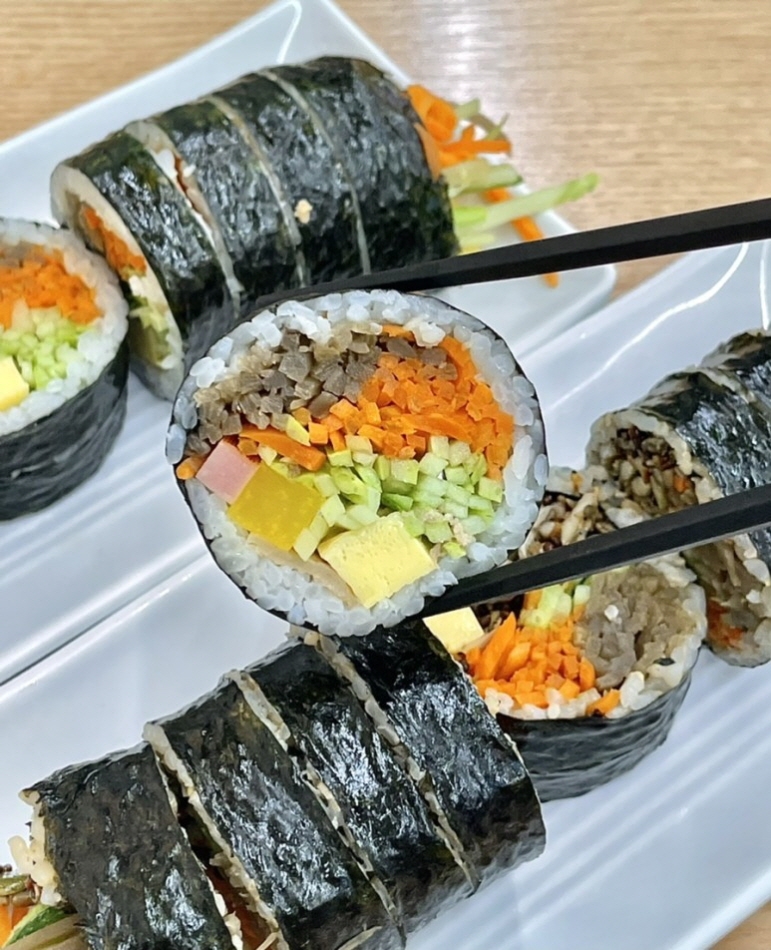
Namdaemun Tongtong Gimbap │ This gimbap shop has been operating in Namdaemun Market for a long time. Famous for their rice-to-ingredient ratio of 1:9, the gimbap here is bursting at the seams. One roll is enough to fill you up so be sure to pick your menu carefully. The most popular options are the healthy brown rice gimbap and the spam egg gimbap. If there is an ingredient you don’t like, you can also easily have it removed when placing your order through the kiosk.
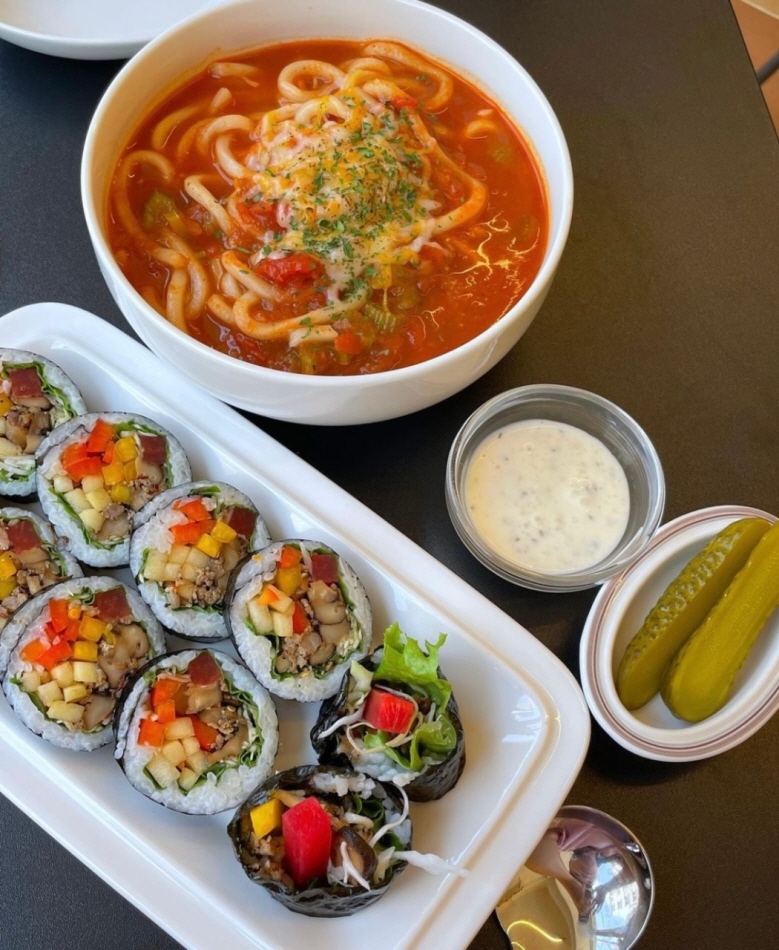
Selermari │ This restaurant became famous for vegetarian gimbap that is both healthy and visually pleasing. Popular menus include the spinach and soy bean paste gimbap, made with seasonal spinach, green onion, and Korean chili pepper mixed in soy bean paste, and the egg strip gimbap filled with thick egg strips. If you like spicy foods, be sure to try the mushroom gimbap; it packs a punch!
Instagram: @selermari_seoul
5. Ways to enjoy leftover gimbap
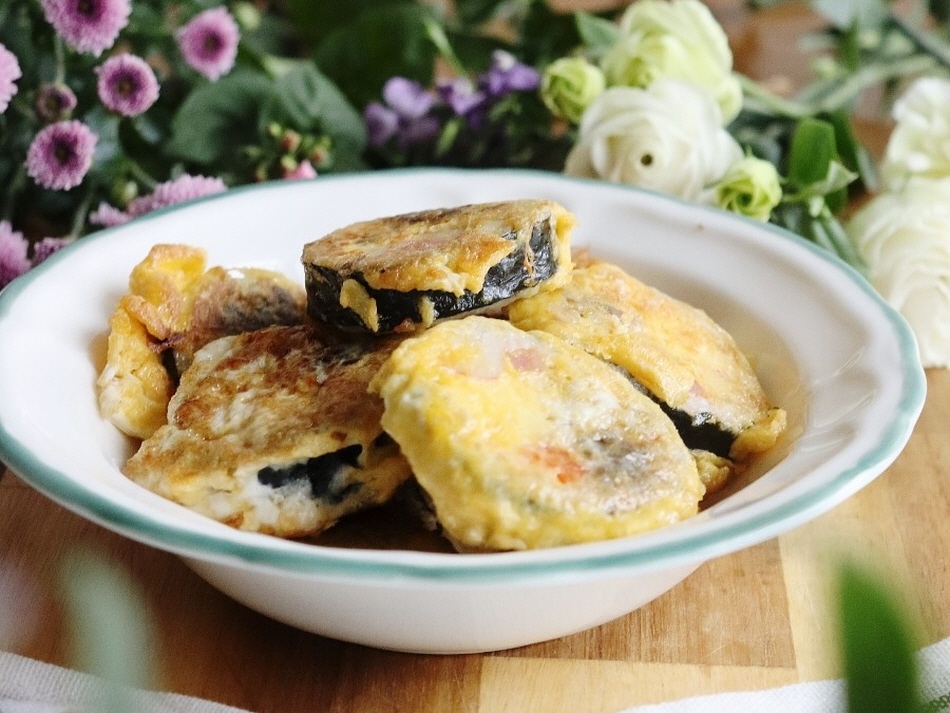
1) Gimbap jeon (gimbap pancake)
Gimbap jeon is the best way to enjoy gimbap that has gone cold. Simply coat your gimbap in eggs and then fry in a frying pan with a bit of oil. When the egg is all cooked and sunny yellow, enjoy your tasty treat!
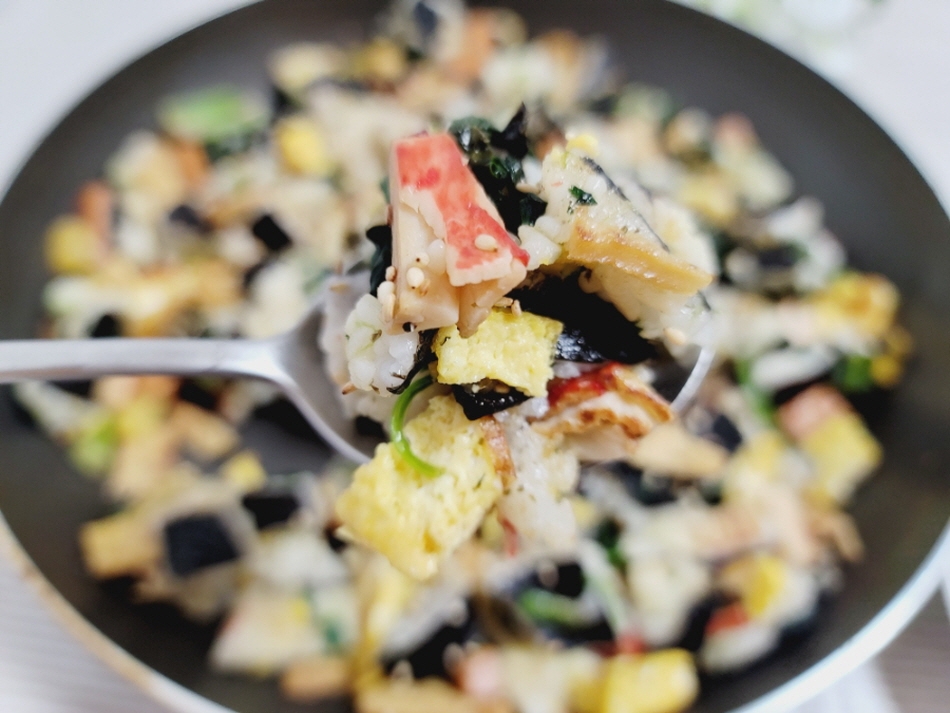
2) Gimbap fried rice
Another way to enjoy leftover gimbap is by mixing it up and stir-frying it. For a more flavorful dish, try frying some green onion and scrambling an egg before you add in the gimbap.
More info
- 1330 Korea Travel Helpline: +82-2-1330 (Korean, English, Japanese, Chinese, Russian, Vietnamese, Thai, Malay)
* This content was last updated in December 2023, and therefore information may differ from what is presented here. We advise you to check for updates before visiting.
-

